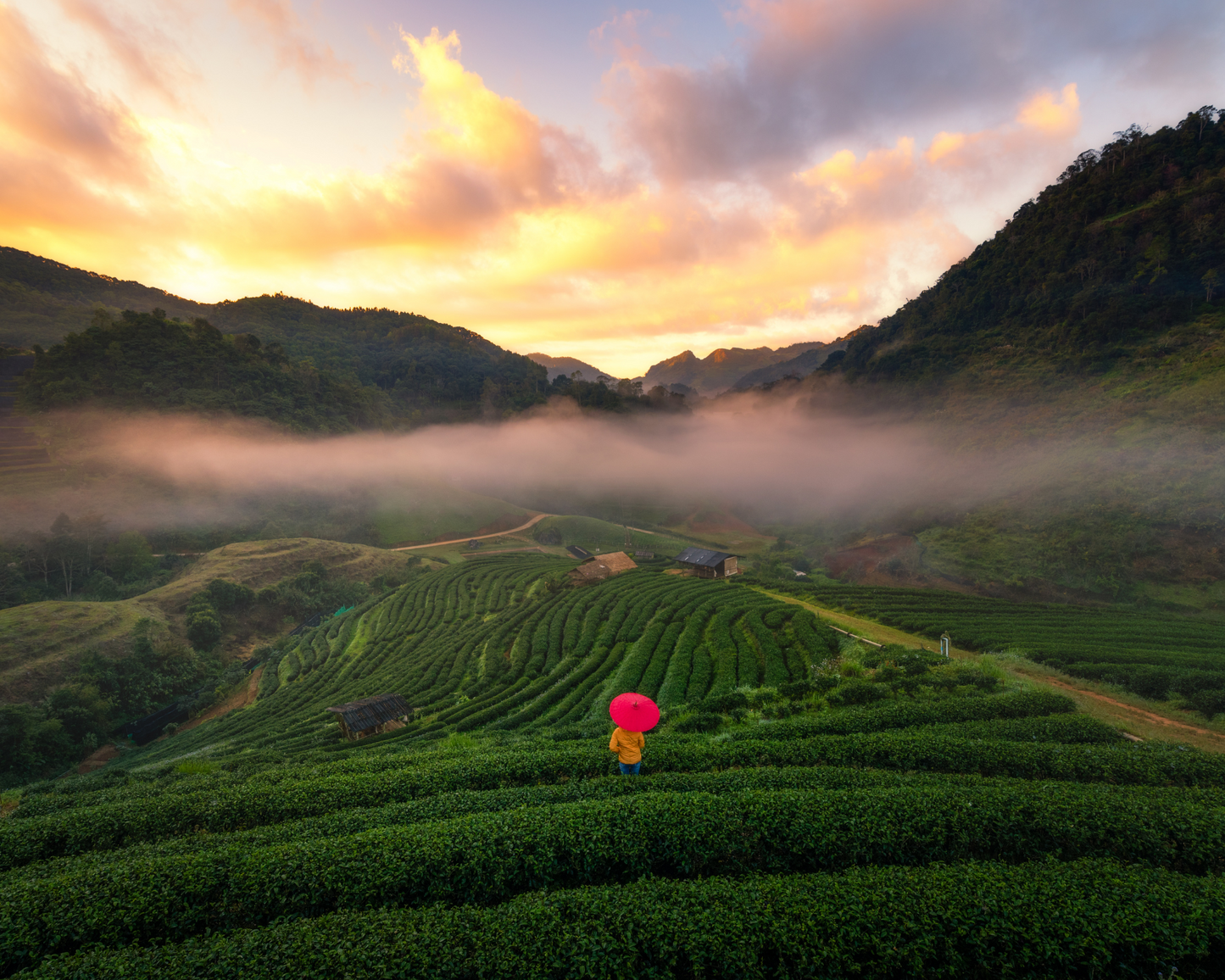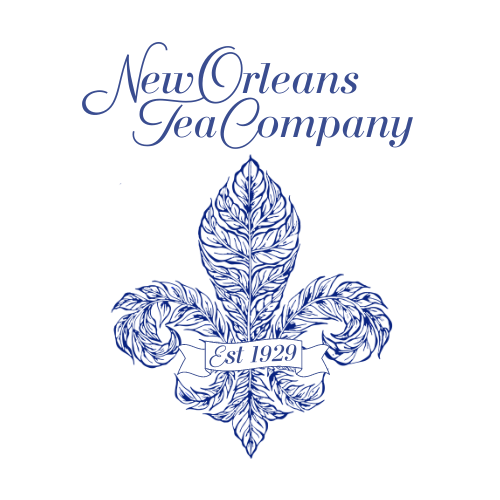
Whether you’re a seasoned tea aficionado or a newcomer to the tea scene, these ten amazing facts about tea will illustrate the deep history, surprising benefits, and unique attributes of one of the world’s most beloved drinks. So, sit back with your favorite brew and discover the fascinating layers behind each sip of tea.
1. Tea is the Second Most Consumed Beverage in the World
After water, tea is the most widely consumed drink globally. Its roots span across continents and cultures, embraced for its soothing qualities and complex flavors. In some places like Turkey, the average person consumes more than 3 kilograms of tea each year! This universal appeal makes tea not just a beverage but a global tradition.
2. All Tea Comes from the Same Plant
Yes, whether it’s black, green, oolong, or white, all true teas come from the Camellia sinensis plant. The diversity in tea flavors and types comes from the way the leaves are processed and handled after harvesting. Factors like oxidation, fermentation, and rolling the leaves distinctly influence the color, taste, and aroma of the tea.
3. Tea Was Discovered by Accident
Legend has it that in 2737 BC, Chinese Emperor Shen Nong discovered tea when leaves from a wild tree blew into his pot of boiling water. He found the flavor refreshing, heralding the beginning of tea’s journey through history. Whether myth or reality, this serendipitous discovery has affected millions of daily routines.
4. Tea Can Be Aged Like Wine
Some types of tea, especially certain oolong and pu-erh teas, can be aged to develop richer, deeper flavors. Stored under the right conditions, these teas can mature over years or even decades, much like fine wines. Aged teas often fetch a high price on the market—up to $1.2 million per kilogram—prized for their enhanced flavor profiles and rarity.
5. Tea Contains Natural Fluoride
Tea leaves accumulate fluoride from soil, which can contribute to dental health by fighting cavities. However, it’s a double-edged sword; excessive consumption (particularly of older leaves, which contain more fluoride) can potentially lead to skeletal fluorosis. Moderation is key to reaping the benefits without the risks.
6. The Boston Tea Party Wasn’t About Tea Quality
The infamous 1773 protest, known as the Boston Tea Party, was actually about economics and politics, not the tea itself. It was a rebellion against the Tea Act, which imposed taxes and gave the British East India Company a monopoly on the American tea trade, angering colonists who had no representation in Parliament.
7. Tea Can Enhance Your Meditation Practice
Tea and meditation have been linked for centuries, particularly in cultures where mindfulness and ceremony play a crucial role in daily life. Theanine, an amino acid found in tea leaves, is known to promote relaxation and improve concentration, making tea an ideal companion for meditation practices. Learn more in our guide on tea meditation.
8. The World’s Most Expensive Tea Is Made from Panda Feces
Yes, you read that right. A Chinese entrepreneur created a tea fertilized entirely by panda poop, claiming that the nutrients consumed by pandas imbue the tea with health benefits. This exotic, if not bizarre, tea can sell for up to $200 per cup!
9. Darjeeling Produces Less Than 1% of India’s Tea, But It’s Among the Most Prized
Often referred to as the “Champagne of Teas,” Darjeeling tea is cherished worldwide for its unique muscatel flavor and exquisite aroma. Despite its fame, Darjeeling accounts for a mere fraction of India’s total tea production, making it all the more precious.
10. Tea Was Once Considered a Form of Currency
In ancient China, tea leaves were pressed into bricks to be used as currency during trade or as a form of tribute. This practice underscores the value and importance of tea in historical societies. These tea bricks could be used for trading goods, paying taxes, or as dowries.
We hope these facts have steeped a newfound appreciation for tea in your heart. At New Orleans Tea Company, we are passionate about sharing the rich heritage and intricate flavors of tea with you. Join us as we explore more hidden corners of the tea world in our next posts!
